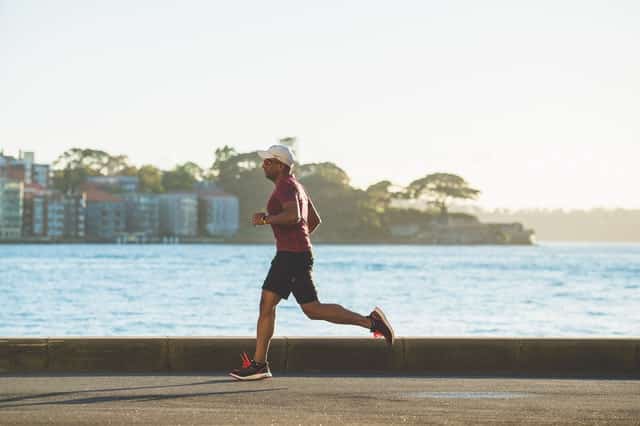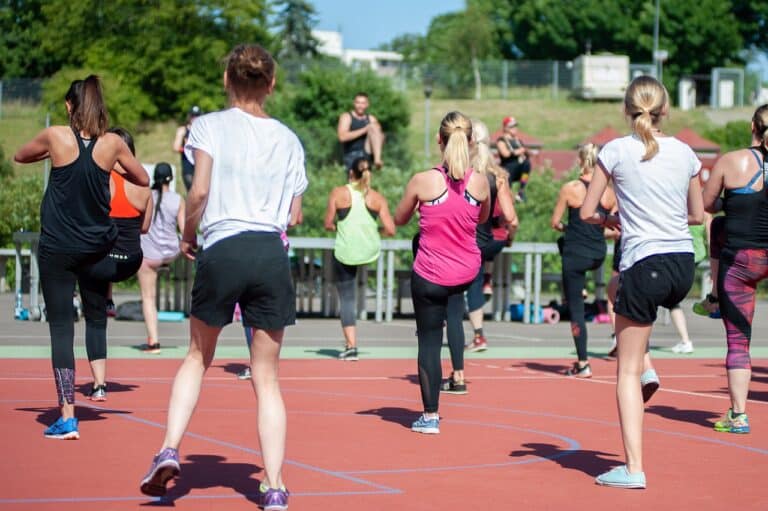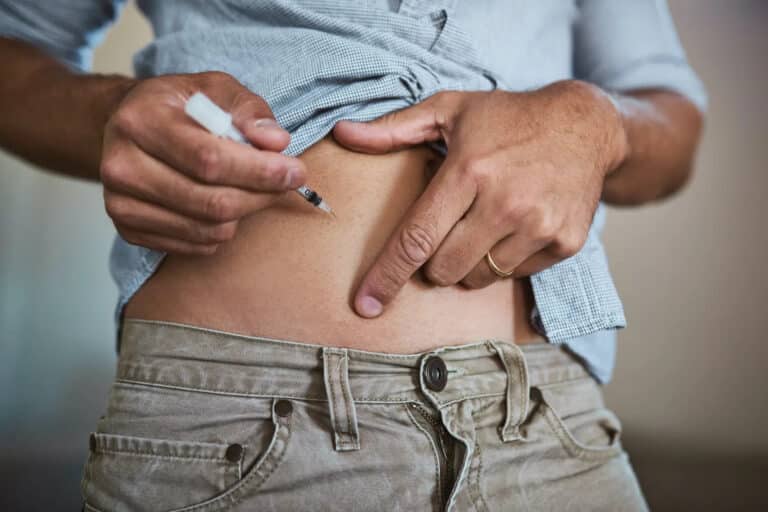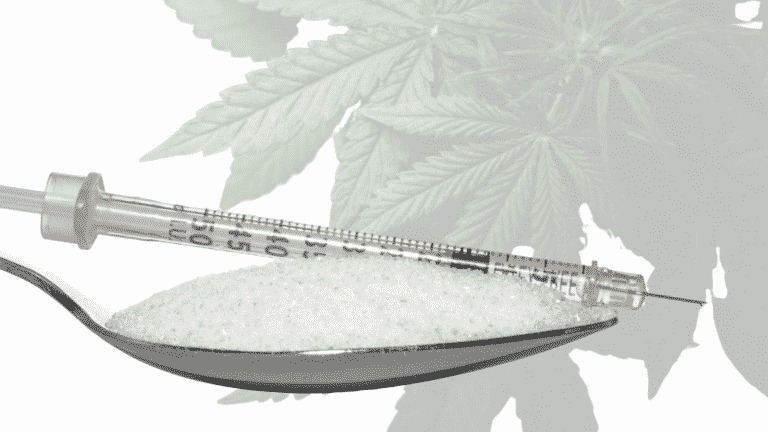The Impact of Exercise on Type 2 Diabetes and Hypo Prevention
Managing your type 2 diabetes is essential if you want to live a full and healthy life. Along with diet, the frequency and kind of physical activity you engage in makes a difference. Your goal is to utilize exercise to tone the body while keeping your glucose levels within a safe range. Read on to learn about how the impact of exercise affects people with type 2 diabetes (t2d).
Conventional wisdom is that type 2 diabetics have to be concerned about blood glucose that’s too high. While true, it’s important to recognize that it’s also possible for your glucose levels to fall below healthy levels. Fortunately, designing and following a reasonable plan for exercise plus eating properly can help you avoid both extremes.
Here are some basics that you should understand about healthy glucose levels, getting enough exercise, and achieving a balance that allows you to enjoy a higher quality of life.
Understanding the Basics of Hypoglycemia
Hypoglycemia is a condition in which there’s not enough glucose in the bloodstream. When this happens, you may experience discomfort in several ways. You may begin to feel a little shaky, almost as if you need to sit down. Dizziness is not unusual. Some people break out in a cold sweat, while others feel clammy to the touch. You may feel somewhat confused or appear to be angry or easily irritated for no apparent reason.
Glucose is essential in order for your mind and body to function. Without it, you could slip into a coma and possibly die. If you should experience low blood sugar, ingesting something that helps replace it quickly is the most practical thing to do.
Fruit juice is a simple carbohydrate that will provide a quick fix. Since simple carbs spike and then cause levels to fall, do follow up with some form of complex carbohydrate that will release more slowly.
Checking Your Glucose Levels Before Working Out
Moderate exercise, like walking at a brisk pace for at least a half-hour, will help lower levels that are a little too high. That’s great unless the exercise coupled with oral medication and possibly insulin injections lowers the glucose levels a little too much.
One solution is to ingest a measured amount of carbs in the half-hour before you work out. For example, an apple with a teaspoon of peanut butter is a tasty blend of nutrients and fiber that ensures there’s energy for your exercise. Doing so allows you to enjoy all the benefits of working out while also avoiding levels that are too high or too low.
As part of your type 2 diabetes exercise plan, check those glucose levels before beginning any workout. Many experts recommend that your level be at least 100 mg/dl before you start. If it’s even slightly below, you need a snack first. Should your level be more than 120 mg/dl, there’s no immediate need for a snack. Moderate exercise is not likely to cause enough of a drop to result in hypoglycemia.
Examples of Exercises That Help Regulate Blood Glucose Levels
Walking briskly is often one of the first exercises that doctors recommend to type 2 diabetics. It has the value of increasing the heart rate, keeping lung function stable, and working quite a few muscle groups. There are also other exercises that you should include in a routine at least three times a week.
Biking is another smart choice. You can ride a bike around the neighborhood or invest in a stationary bike to ride while watching television. Swimming several laps will also provide many of the same benefits and help rid the bloodstream of excess glucose.
Don’t overlook the value of weight training. Lifting weights or using resistance machines work different muscle groups and help to encourage circulation. Among their other benefits, they help to convert excess glucose into the energy your muscles need.
Coordinating a Fitness Plan With Your Diet
In order for your fitness plan to support healthy blood sugar levels, it must be coordinated with the diet as well as any prescription medications that you take. Realize that it’s okay to have slightly higher levels before working out. Do treat yourself to a snack that provides some carbs as well as fiber, and working out won’t leave you with too little glucose. If you begin to feel shaky, dizzy, or a little disoriented while working out, grab a snack along with something to drink. You should feel better in a few minutes.
It’s your life and your body. When you learn more about how to take care of yourself, put that knowledge to good use. Doing so provides you with more control over your type 2 diabetes and increases the odds of remaining healthy for a long, long time.
Image Credit







